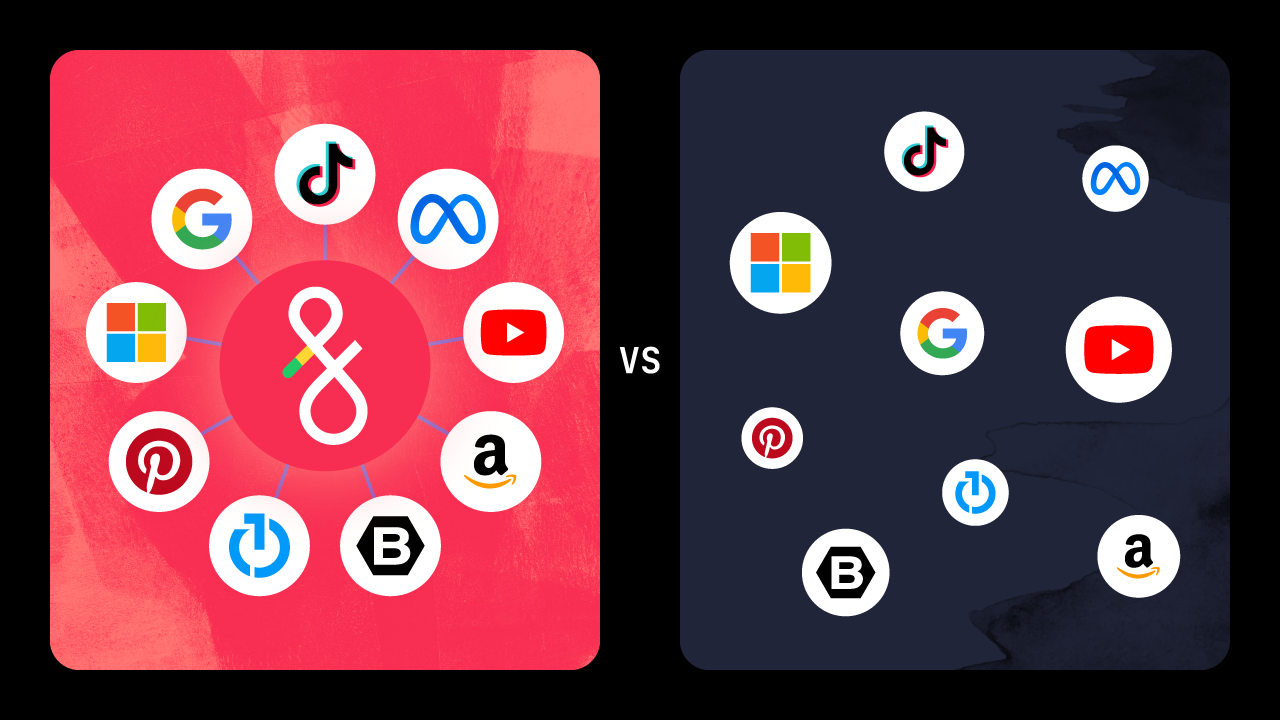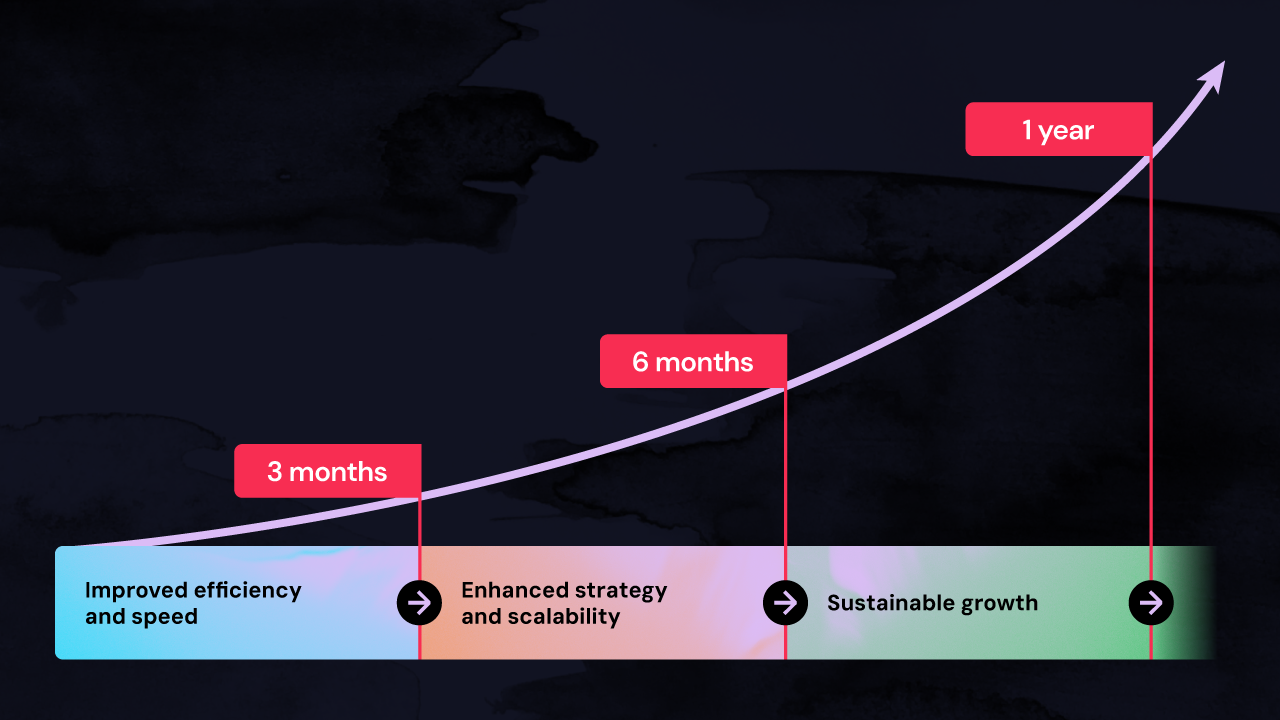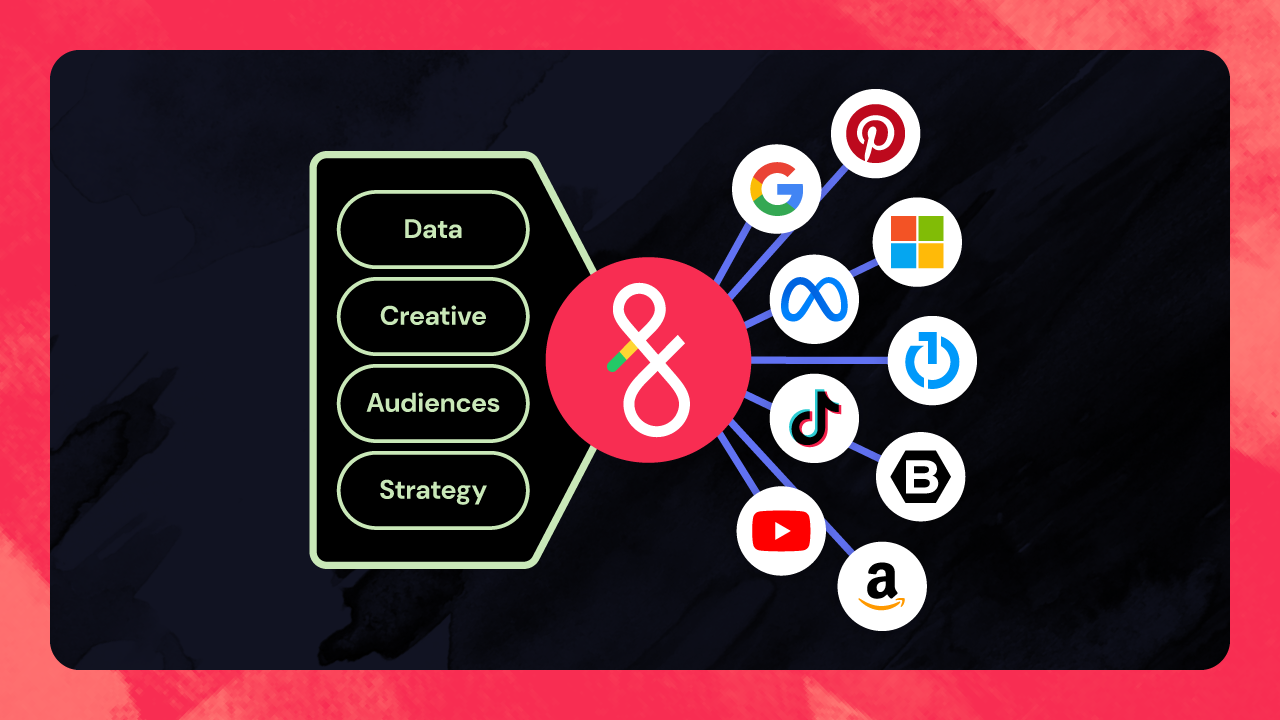For digital advertising agencies, one of the most crucial and often-overlooked aspects of transitioning to automation is dealing with the change itself. However, change is a tangible reality of automation implementation. The most successful agencies are the ones that embrace this adjustment.
Despite popular belief, automation isn't taking jobs away---it's removing mundane tasks so employees can focus on high-value work that they enjoy, which in turn also brings value back to the employee.
Let’s dig into what good change management looks like, so your team is ultimately successful in its transition to automation.
Getting Comfortable with the Shift to Automation
Automation optimizes your business strategies and streamlines your processes. That said, automation implementation is a big job, and one that needs wise management. Plus, it requires enthusiasm—not opposition—from the top of the executive ladder down. Trusting the possibilities of automation and keeping the bigger, bolder vision at top of mind for your agency is key.
One factor that makes change management more digestible is having the right automation partner to guide you. Fluency’s Robotic Process Automation for Advertising (RPA4A) platform understands automation is not something you can thrust upon an agency. Rather, it’s a journey done in collaboration.
As you move through the various phases of the automation process, think critically about your feelings, focusing on the possibilities as they come to the table.
The Psychology of Change Management
The concept of change management is nothing new; companies and corporations have been seeking ways to smooth the bumps in the road for decades. More recently, researchers have homed in on the psychology behind change management, helping leaders guide their teams through automation and other shifts with ease.
According to an essay by management executive Mark Rodriguez, “Since change is seen as a threat aimed at disrupting the status quo of how individuals see their world, companies must apply the principles of psychology.” Rodriguez also emphasizes that employees will only alter their mindsets if two boxes are checked:
- They see the need for change.
- They appreciate the change as a progression phase.
Knowing this, leaders must have clear goals established, communicate reasons for change and make incremental shifts that allow employees to get used to the conditions for the company’s greater good.
In addition, companies must provide:
- Positive reinforcement systems
- The skills that employees need to effectively implement the change
- A reason to believe it’s good (evidence of its impact over time)
- Consistent role models in upper management who are along for the ride with them
Why Top-Down Change Acceptance Is Key
The more you read about change management, one throughline becomes clear: Acceptance must begin at the top if it’s going to work its way down.
Higher-level executives must accept change and become flexible if they expect the broader team to accept a shifted future. Even before the journey through automation implementation officially begins, it’s important for all key stakeholders to become aligned on what’s next.
Once you have acceptance and buy-in from your senior leadership, next comes the teams on the ground floor. Documenting and sharing wins and opportunities is important for increasing employee buy in and improving overall morale. Once teams start to see that they no longer need to be consumed with time-consuming spreadsheets and reports—and can finally be involved in strategic planning and conversations—the increase in productivity, happiness and reliability among your teams will follow suit.
Automation will shake up the way your agency operates. Whoever the leaders and stakeholders are in your organization, make sure they understand your goal with automation. This way, leaders can accurately vocalize why the process is necessary and important for the company’s growth.
Fluency Is a Change Facilitator
Change management is a big job, but there’s a light: You don’t have to manage the switch to automation alone. Fluency will hold your hand through the process and hold you accountable to achieve bigger and better things (whatever that means for you).
Above all, automation readiness means being open to change. Are you ready?






